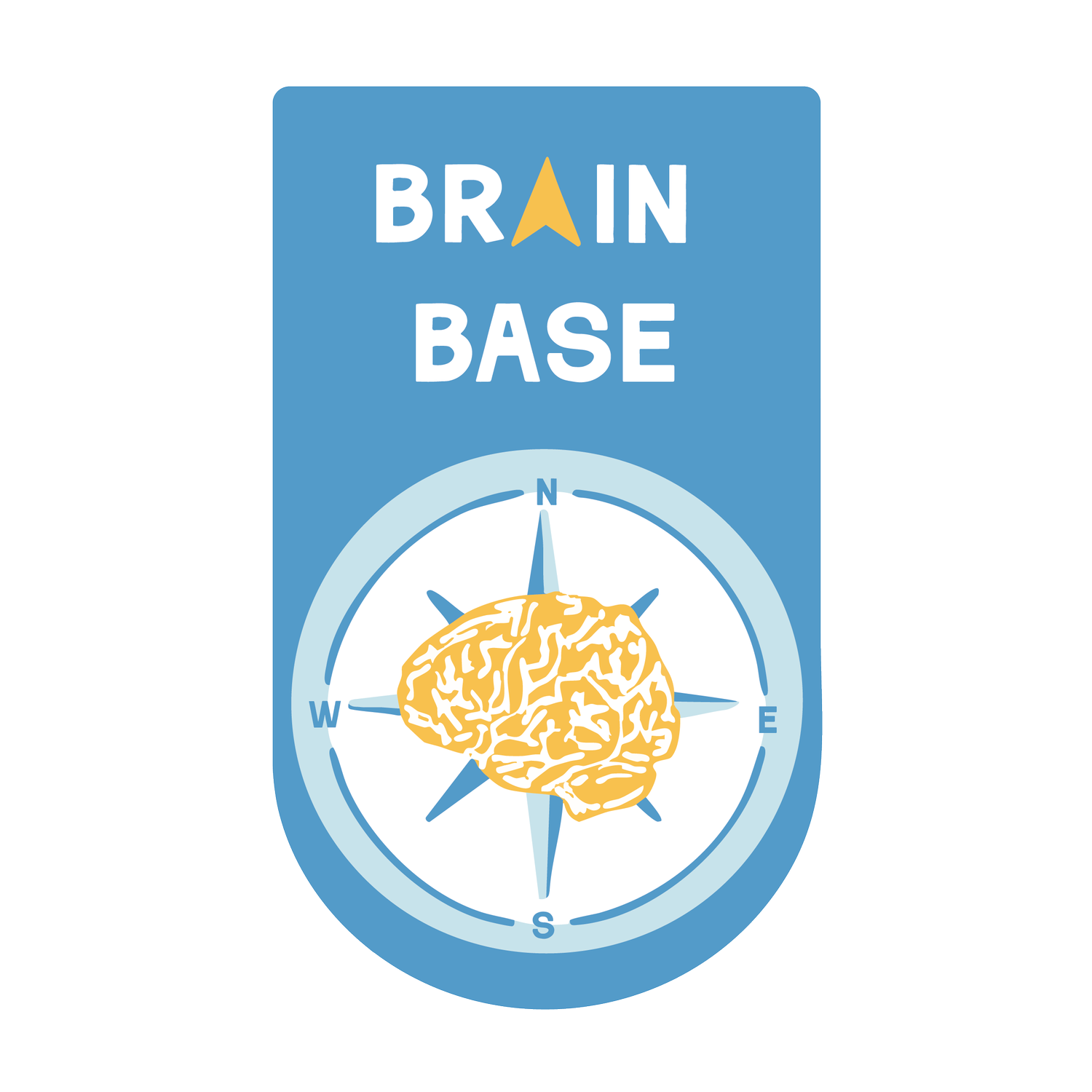Concussion Baseline Screening
Importance of baseline screening
Having access to pre-injury test results to compare with an athlete’s post-injury scores
provides clinicians with a set of objective data that can be utilized to make better informed, and therefore safer, return-to-play decisions.
Risk of second impact syndrome or long term impairments if they return to play too early
About ConcussionS
A concussion is a type of traumatic brain injury (TBI) caused by a bump, blow, or jolt to the head. Concussions can also occur from a fall or a blow to the body that causes the head and brain to move quickly back and forth. Doctors may describe a concussion as a “mild” brain injury because concussions are usually not life-threatening. Even so, their effects can be serious.
A repeat concussion that occurs before the brain recovers from the first—usually within a short period of time (hours, days, or weeks)—can slow recovery or increase the likelihood of having long-term problems. In rare cases, repeat concussions can result in edema (brain swelling), permanent brain damage, and even death.
review the Center for Disease Control’s training and resources on concussion awareness. find out more
The 4 Tests
We chose these 4 tests due to their high validity in identifying patients
who have sustained a concussion and their high re-test reliability.
Vestibular Ocular Motor Screen (VOMS)
This test is used to screen for vestibular impairments after a concussion. Vestibular impairments are a subtype of concussion. The VOMs test measures related aspects of vestibular function that are not measured through the King-Devick or King-Devick Balance. Deficits in vestibular function lead to concussion symptoms, such as dizziness, headache, and balance impairments. The VOMS looks at the quality of specific eye movements and needs to be performed by a medical provider (i.e., physical therapist, nurse, doctor).
ImPACT Test
ImPACT testing is a computerized test that measures the effects of a concussion on the brain. The ImPACT test assesses areas such as verbal memory, visual memory, reaction time, and processing ability.
Cognitive Testing
Tests chosen are sensitive to changes seen after a concussion AND reflect functional skills in the classroom. Tests include 2-subtests from the Woodcock-Johnson IV Tests of Cognitive Abilities:
Letter-Pattern Matching: This test is a strong reflection of reading and perceptual speed
Number Reversal: This is a test of short-term working memory significantly related to all academic areas and critical for new learning
King-Devick (sideline concussion test)
This test uses the close relationship between eye movement and brain function. It can be performed on children as young as 5 years of age. It can be performed anywhere and in under 2 minutes, and it can be performed at the sideline and determine if they had a concussion even if symptoms are not immediately present.
King-Devick Balance (can also be done at sideline)
K-D Balance assesses three key balance stance metrics: double stance, right tandem stance, and left tandem stance.
Other methods currently used to assess balance can be subjective and often include a single-leg stance. Research has shown the single-leg stance to be highly variable even in healthy patients, resulting in unreliable and time-consuming evaluations.
K-D Balance does not require, nor does it allow for measurement of single-leg stances saving clinical time and reducing the number of false positives by focusing on the three balance stances of highest value to health care professionals.

